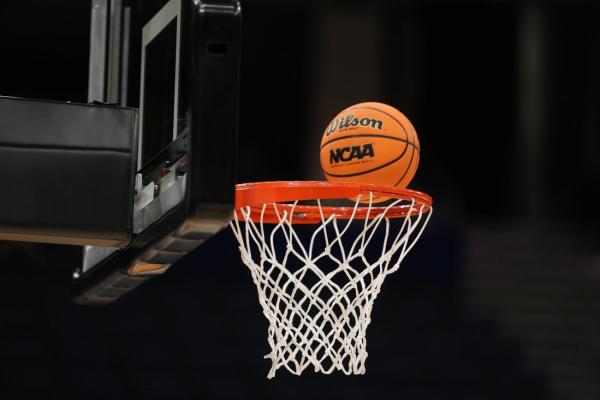The NCAA Men’s Basketball Rules Committee proposed the integration of coach challenges on Friday, giving teams one per game to review out-of-bounds calls, basket interference and goaltending as well as determining if a defender was positioned in the restricted area underneath the basket.
Under the proposal, coaches would need to have a timeout in order to request a challenge. If successful, coaches will receive another challenge.
That is just one of several recommendations made to the NCAA Playing Rules Oversight Panel, which will review the proposals on June 10 to be implemented during the 2025-26 season.
Another recommendation from the rules committee is to create a group to explore a potential change from halves to quarters, falling in line with the NBA, women’s college basketball and other global leagues.
The committee noted “positive momentum” existed to make the change but cited hurdles in doing so, such as restructuring media timeouts “to accommodate commercial inventory.” Hence the suggestion to create a working group to study the topic and provide a report at this time in 2026.
Karl Hicks, the rules committee chairman and American Athletic Conference associate commissioner for basketball, said that the committee focused on improving gameflow toward the ends of games, which have seen an increased number of stoppages for official reviews.
The proposal would essentially do away with required official reviews unless a coach challenges the call as challenges “were deemed to be the most efficient way to accomplish this goal,” Hicks said.
Another proposal from the rules committee addressed continuation. The committee recommended that a player who “ends his dribble” as he traveled toward the basket and absorbs defensive contact “would be permitted to pivot or complete the step the player is on and finish the field goal attempt.”
Overall, Hicks said, the committee aims to align college basketball with other levels of the sport.
“When I say other levels,” Hicks said, “that includes the high school level. Their rule is more liberal than our college rules when it comes to shooting the ball. Hopefully, we won’t see as many officials waiving off baskets that will now be considered part of the shot.”









